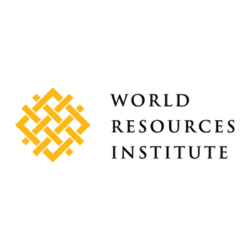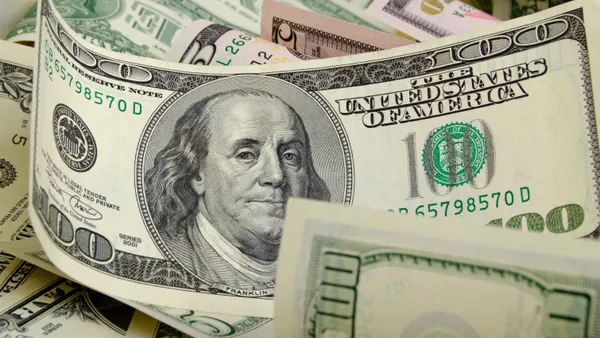Dive Brief:
- U.S. output grew this month following an agreement with China for a 90-day reprieve on tariffs exceeding 100%, S&P Global found in a survey, while noting that remaining import levies triggered a surge in prices.
- Although improving, both business activity and expectations for output remained subdued because of concern that tariffs will slow demand, disrupt supply chains and further push up prices, S&P Global said Thursday, describing results of the May 12 to May 21 survey. Prices for goods and services rose more than in any month since August 2022.
- “Business confidence has improved in May from the worrying slump seen in April, with gloom about prospects for the year ahead lifting somewhat thanks largely to the pause on higher rate tariffs,” Chris Williamson, chief business economist at S&P Global, said in a statement. Yet “at least some of the upturn in May can be linked to companies and their customers seeking to front-run further possible tariff-related issues.”
Dive Insight:
Any recovery in U.S. output this month may prove short lived given that 10% baseline tariffs still stand and there is no guarantee that the U.S. and China will forgo an intensified trade war when the reprieve on high tariffs expires on Aug. 12, according to economists.
“The near-term outlook is more constructive, but risks remain tilted to the downside,” EY-Parthenon Chief Economist Gregory Daco said Thursday in a client report.
“The economy is set to grow below trend this year as higher tariffs, weaker labor market momentum and lingering policy uncertainty lead to a wait-and-see approach,” he said.
The economy will probably slow to “stall speed” by the fourth quarter, Daco said. He forecasts 1.3% gross domestic product growth in both 2025 and 2026 and puts the risk of recession in the next 12 months at 35%, down from his prior estimate of 45%.
The labor market will likely weaken this year, with unemployment rising to 5% from 4.2% in April and average monthly job growth falling to 70,000 on average from 160,000 last year, Daco said.
“A trifecta of headwinds — rising tariffs and policy uncertainty, federal job cuts and tighter immigration — poses a downside risk to the labor market,” he said.
Initial claims for unemployment insurance edged down to 227,000 during the week ending May 17 from 229,000 the prior week, the Labor Department said Thursday, in a sign that employers are holding payrolls steady following the U.S.-China tariff reprieve.
Employment has fallen slightly this month after gains in April and March, “primarily reflecting concerns over future demand prospects but also in response to worries over rising costs and labor shortages,” S&P Global said, reporting on its Flash US PMI Composite Output Index.















